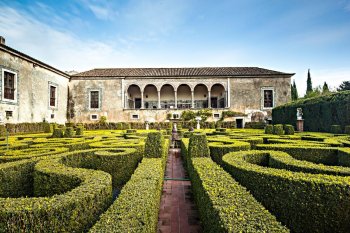Explore the best places
Results for Vila Praia de Âncora in Portugal
Bômau
- food & drink
Rua Alexandre Herculano, 61
1250-012, Lisboa
Localizado junto ao Rato, neste restaurante as influências e inspirações chegam de várias partes do globo, quer pelas diferentes origens da equipa – Índia, Dinamarca, Síria e Portugal – quer pelas suas memórias e viagens.
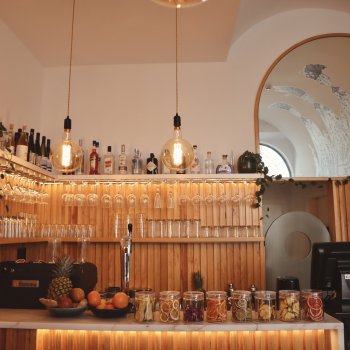
Maris Stella
- food & drink
Avenida Dom Carlos I - Pousada de Cascais
2750-310, Cascais
Maris Stella restaurant integrates the Posada de Cascais. Overlooking the marina and the sea, it is easy to guess that this influence is reflected in the letter. The variety of fish, the Mediterranean-style meals, fruit and dessert options are present. Ample space and natural light to give this space a special touch.

O Terminal
- food & drink
Avenida General Humberto Delgado, 29
3600-187, Castro Daire
Dedicado a servir a boa comida da região, o restaurante O Terminal é um ponto de encontro em Castro Daire para quem aprecia gastronomia, boa bebida, boa conversa e bicicletas. Uma cervejaria tipicamente portuguesa
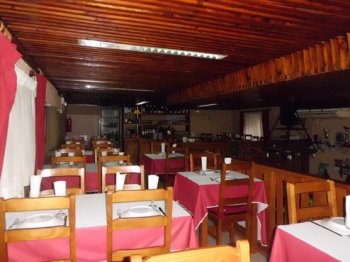
Selllva
- food & drink
Rua Mouzinho da Silveira, 32
1250-096, Lisboa
Restaurante de cozinha saudável com influências dos vários continentes, mas sem fundamentalismos, servindo veganos, vegetarianos e carnívoros. Espaço acolhedor, com vegetação densa e criaturas ferozes à solta, na carta e nas paredes.
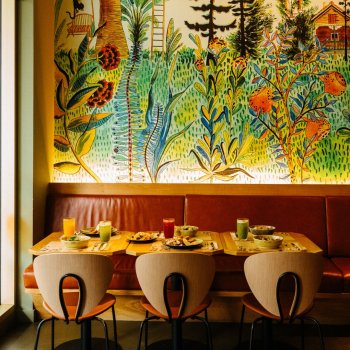
Pimpinela's
- food & drink
Rua da Praia, 12
9100-167, Santa Cruz
Coffee shop vegetariano, localizado no centro de Santa Cruz, oferece bolos, cafés, chás, sumos naturais, tostas, quiches, salgadinhos, refeições leves e saudáveis. Um espaço que procura ser diferente, acolhedor e amigo do ambiente.
Torre da Alfândega - Aqui Nasceu Portugal
- heritage
Rua do Anjo, 15
4800-152, Guimarães
It became known as Torre da Alfândega after the Alfândega (Customhouse) de Guimarães building was created next to it. Visiting this point is almost mandatory for anyone visiting the city for the first time. It is mainly known for the famous inscription "Aqui Nasceu Portugal" (Portugal Was Born Here).
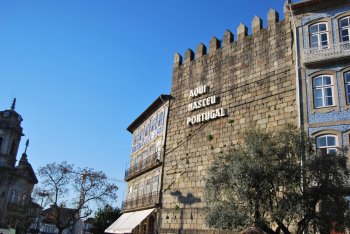
Igreja do Carmo
- heritage
Rua do Carmo
4050-164, Porto
Planned by the architect José de Figueiredo Seixas, this church, built between 1756 and 1768, clearly differs, by its exuberance and majesty, from the neighbour Carmelitas Church. We point out the grand azulejos panel that covers the lateral façade, by the Italian Silvestre Silvestri.
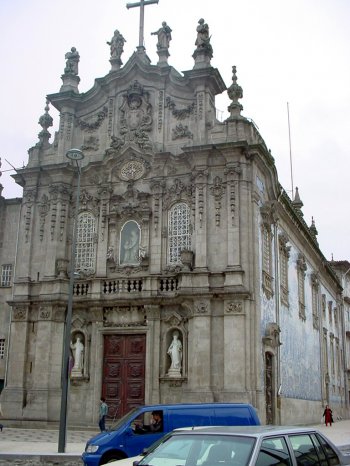
Igreja do Corpo Santo
- heritage
Rua do Corpo Santo, 17
1200-182, Lisboa
Convent built by initiative of Fra Domingos do Rosário, in an area offered by D. Afonso VI. The earthquake of 1755 destroyed it. In 1758 the reconstruction began, being its location slightly moved to west. It is a religious architecture construction from the Marquês de Pombal period.
Palácio da Bacalhôa
- heritage
EN10
2925-901, Azeitão
This construction is dated from the 15th and 16th centuries and it belonged to Afonso de Albuquerque Family, India Viceroy. It is part from one of the most important ensembles, together with its gardens and “loggia”, from the civil architecture within this period. It is worthy to mention the azure repository.
